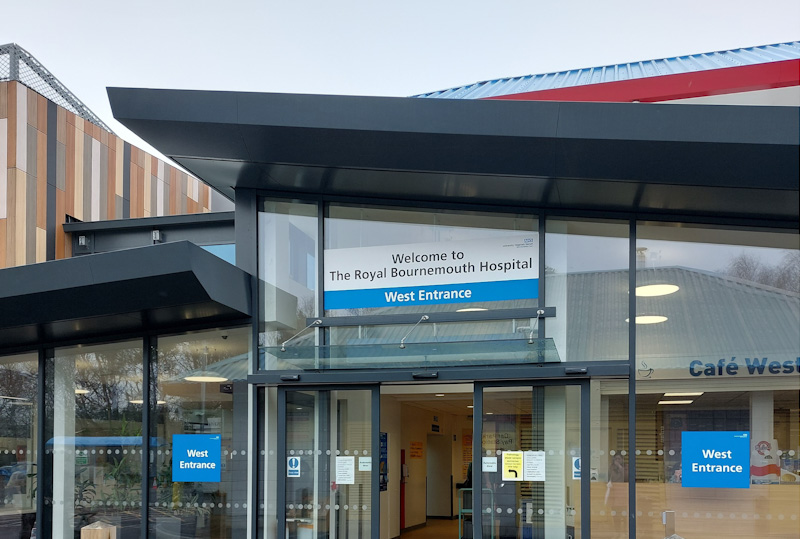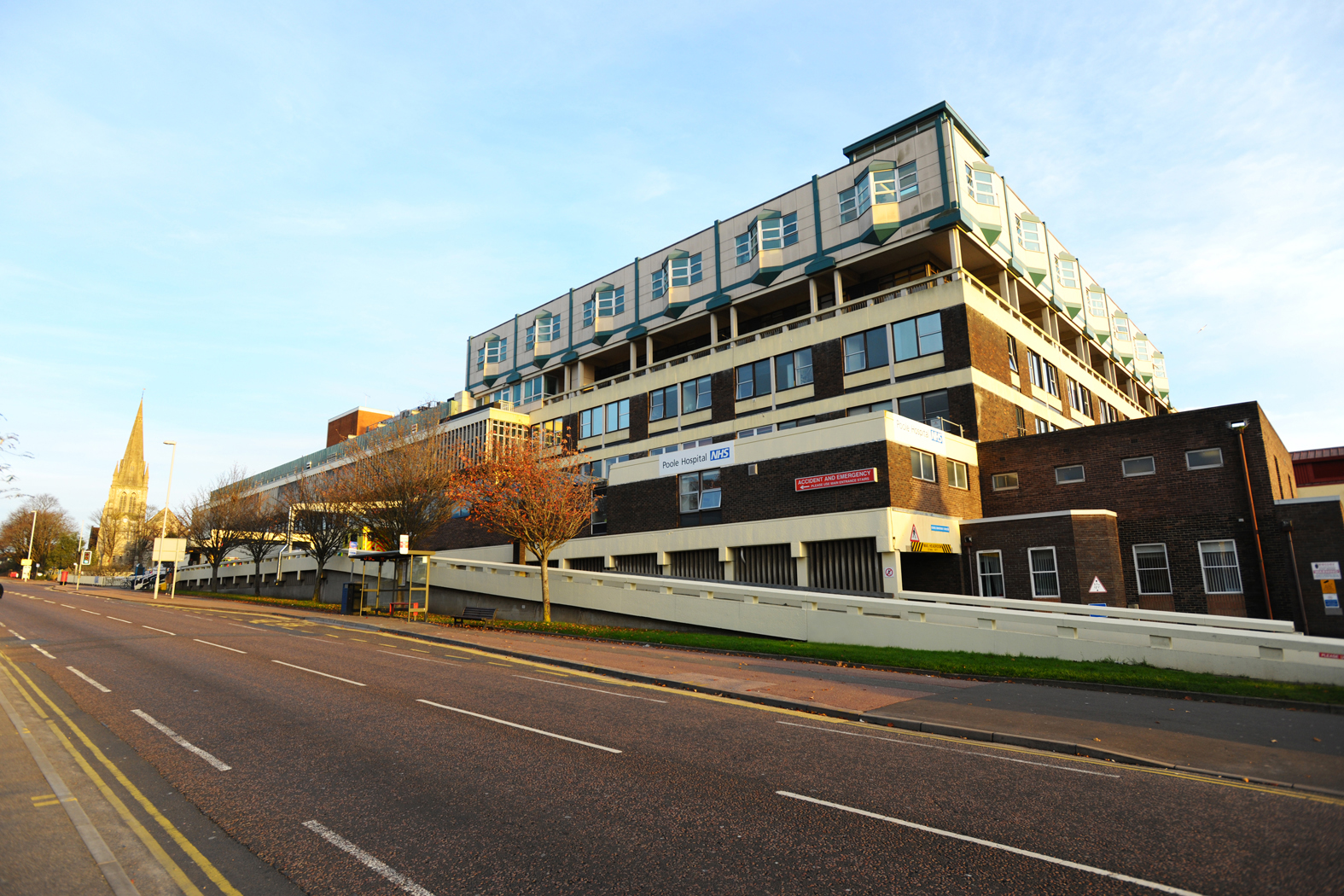Contact Information
- Contact Information
- Immunology Re-test Interval
- Specimen Referrals
- Request Forms
- Clinical Advice
- Additional Requests/ Follow Up Testing
- Investigations
- Specimen Requirements
- Common Indicators
- Allergy Repertoire
- Autoimmune Repertoire
- Antibodies to Nuclear Components
- Organ Specific Antibodies
- Specific IgG Testing
|
Title |
Name |
Telephone |
|
|---|---|---|---|
|
Immunology Enquires |
Reception |
0300 019 4851 |
|
|
Clinical Enquiries & Referrals |
Dr Efrem Eren PhD, MRCP, FRC Path |
02381 206650 |
This email address is being protected from spambots. You need JavaScript enabled to view it. |
|
Department Manager |
|
|
|
Department Opening Hours
Monday – Friday 9.00 am – 5.30 pm excluding bank holidays
Out of Hours Service
Immunology does not operate an out of hours service
Department Reporting Times
Reporting times vary
Please see details for individual tests in the relevant section of this site
Reports will be sent to surgeries and postal points, provided that request forms are filled out comprehensively and include the appropriate location code for report destination. Reports sent electronically to GPs are available on EPR. Paper copies are sent to some specific locations.
Telephoned results are available during Department opening times
Immunology Re-test Interval
- Contact Information
- Immunology Re-test Interval
- Specimen Referrals
- Request Forms
- Clinical Advice
- Additional Requests/ Follow Up Testing
- Investigations
- Specimen Requirements
- Common Indicators
- Allergy Repertoire
- Autoimmune Repertoire
- Antibodies to Nuclear Components
- Organ Specific Antibodies
- Specific IgG Testing
|
Test |
Name Minimum Re-test Interval (days) |
|---|---|
|
Acetylcholine Receptor Abs |
180 |
|
Adrenal Abs |
180 |
|
ANCA |
7 |
|
Anti-Centromere Abs (ACEN) |
180 |
|
Anti-Nuclear Abs (ANA) |
180 |
|
Anti-Neuronal Antibodies (PARA) |
180 |
|
AP50 |
360 |
|
Aquaporin 4 Antibodies |
180 |
|
B12 autoimmune profile (GPC) |
90 |
|
B-2-Glycoprotein Abs |
90 |
|
Calprotectin |
7 |
|
Cardiolipin IgG/IgM |
80 |
|
CH50 |
360 |
|
Crithidia |
180 |
|
Cyclic citrullinated peptide antibody (CCP) |
180 |
|
C1ES Functional / C1ES Inhibitor |
360 |
|
C1Q Antibody level |
90 |
|
Double stranded Abs (DNA) |
30 |
|
Extractable Nuclear antigen (ENA) panel |
90 |
|
GAD Antibodies |
180 |
|
Ganglioside Abs (GM1 Abs /GQ1B Abs) |
180 |
|
Glomerular Basement Abs |
90 |
|
IGG4 Subclasses |
14 |
|
Islet Antigen -2 (IA2) |
180 |
|
Intrinsic Factor |
180 |
|
Liver Autoimmune Profile |
90 |
|
Liver kidney microsomes (LKM) |
90 |
|
MAG Abs |
180 |
|
Mitochondrial Abs |
180 |
|
NMDA Antibodies |
180 |
|
Ovarian Abs |
180 |
|
Skin Abs |
180 |
|
Specific IgE requests |
365 |
|
Specific IgG/ Avian/ Candida |
90 |
|
Thyroid Peroxidase Abs (TPO) |
365 |
|
Tissue Transglutaminase (TTG) |
42 |
|
TSH Receptor Abs |
180 |
|
Voltage Gated Ca+ Channel Abs |
180 |
|
Voltage Gated K+ Channel Abs |
90 |
Request Forms
- Contact Information
- Immunology Re-test Interval
- Specimen Referrals
- Request Forms
- Clinical Advice
- Additional Requests/ Follow Up Testing
- Investigations
- Specimen Requirements
- Common Indicators
- Allergy Repertoire
- Autoimmune Repertoire
- Antibodies to Nuclear Components
- Organ Specific Antibodies
- Specific IgG Testing
All immunology tests should be requested on the ICE system or standard blood request form
Please complete the form comprehensively and legibly
This is extremely important for safe data entry, effective reporting and accurate interpretation of laboratory data
In addition, please provide relevant clinical details
This will assist the proactive service we try to provide
Where possible provide printed patient identification labels and hospital numbers on all copies of the request form
Specimen Referrals
- Contact Information
- Immunology Re-test Interval
- Specimen Referrals
- Request Forms
- Clinical Advice
- Additional Requests/ Follow Up Testing
- Investigations
- Specimen Requirements
- Common Indicators
- Allergy Repertoire
- Autoimmune Repertoire
- Antibodies to Nuclear Components
- Organ Specific Antibodies
- Specific IgG Testing
Occasionally the test requested requires processing at an external laboratory
Specimens are sent to UKAS accredited laboratories for analysis
Please telephone the Department if you require accreditation details or turn around times for such tests
Specimens are sent to the following laboratories for analysis:
-
Immunology Department, at the Churchill Hospital, Oxford
-
Immunology Department at the Sheffield Teaching Hospital, Sheffield
-
Immunology Department at Southampton General Hospital, Southampton
-
Immunodermatology Department, St Johns Institute, St Thomas Hospitals, London
Test requests outside Repertoire
For any test request that is outside the Royal Bournemouth Hospital Immunology repertoire, the test will be investigated with Immunology Consultant Head of Department for clinical requirement. These tests will require funding by the requesting department and billing information will need to be provided. If billing information is not provided, the requester may be contacted to collect these details before the testing can be performed.
Clinical Advice
- Contact Information
- Immunology Re-test Interval
- Specimen Referrals
- Request Forms
- Clinical Advice
- Additional Requests/ Follow Up Testing
- Investigations
- Specimen Requirements
- Common Indicators
- Allergy Repertoire
- Autoimmune Repertoire
- Antibodies to Nuclear Components
- Organ Specific Antibodies
- Specific IgG Testing
Please contact Dr Efrem Eren (please see contact page for details)
Additional Requests/ Follow Up Testing
Please be aware that any additional requests including cascade follow up testing and referrals will extend the turn around time process
Please call the laboratory to discuss if further information required
Measurement of Uncertainty
There are estimates available for users on request (quantitative methods), please contact the department manager if needed









